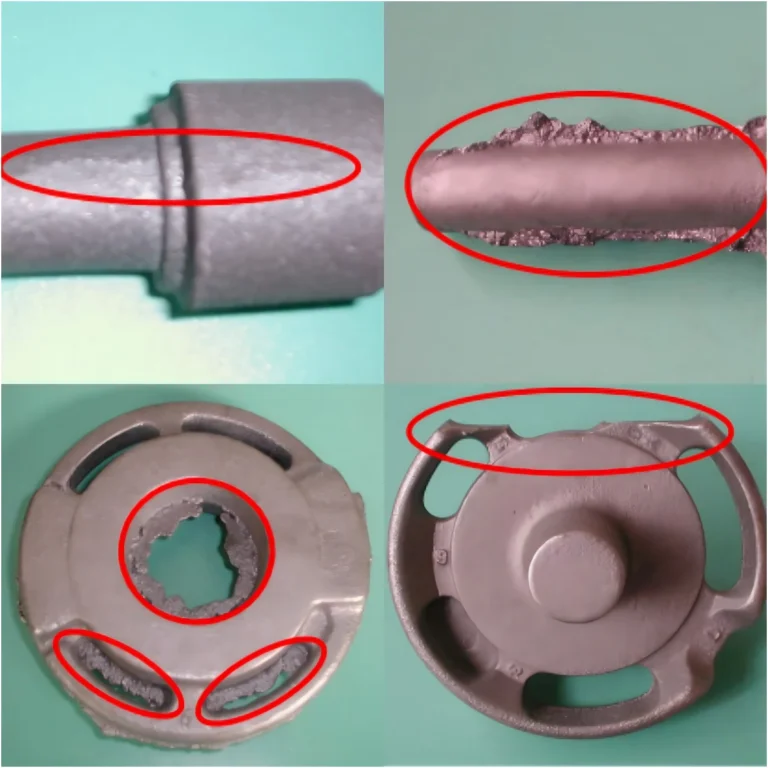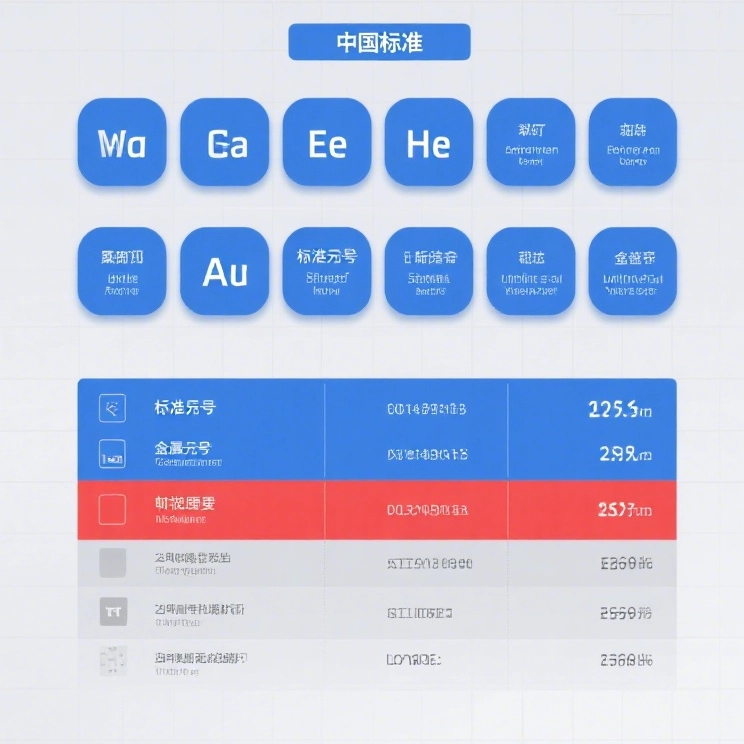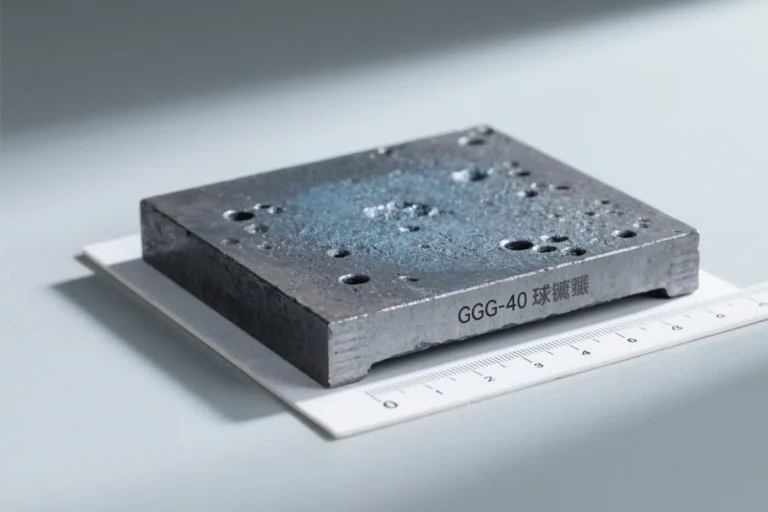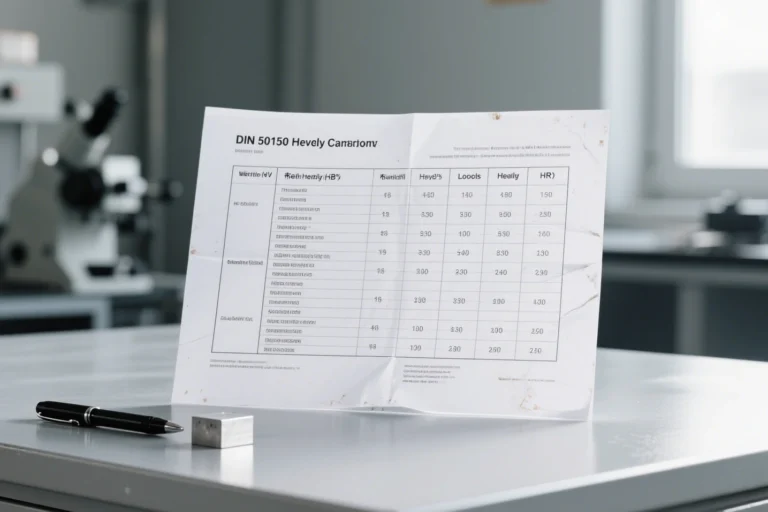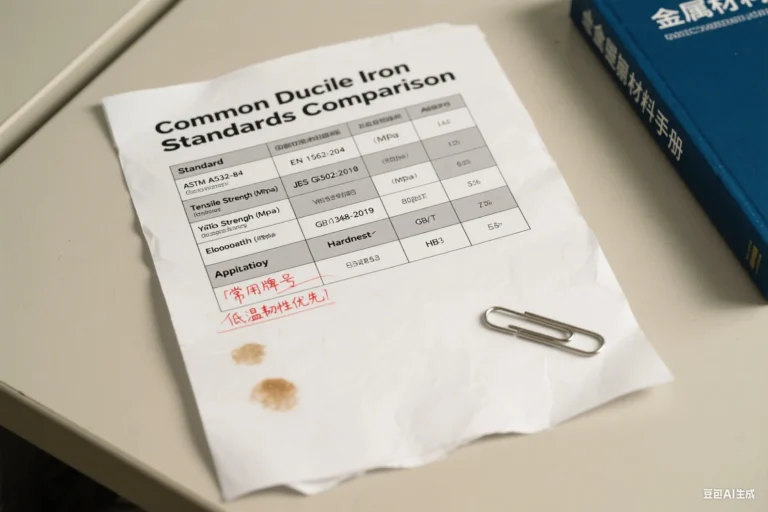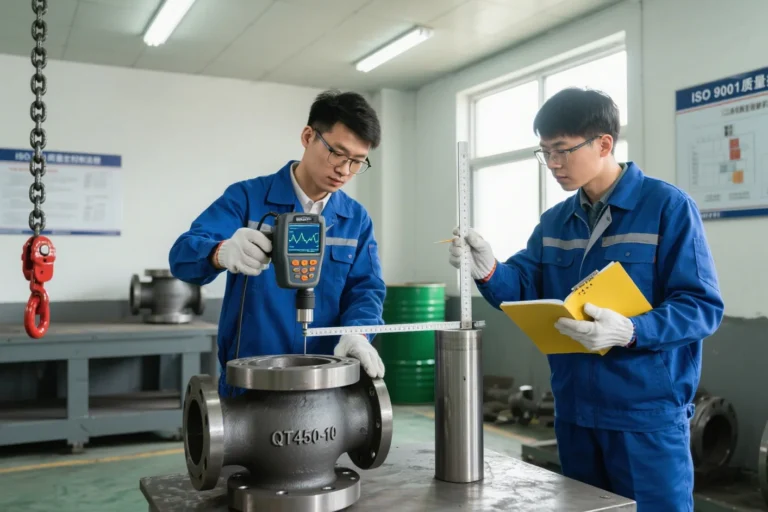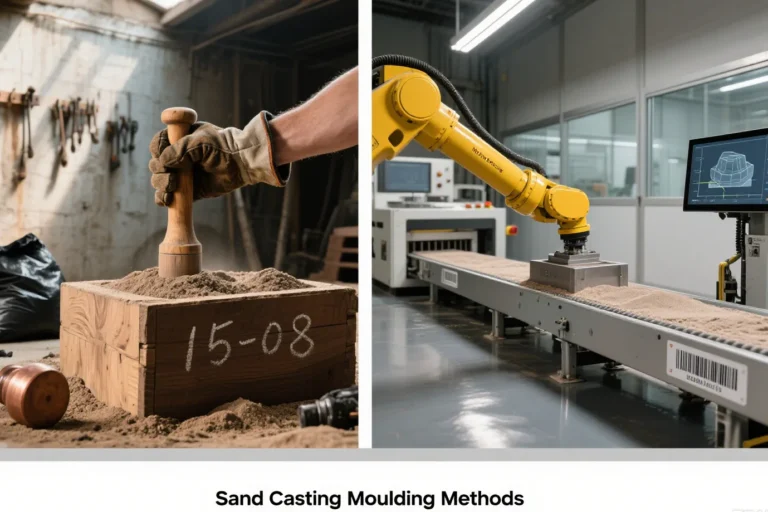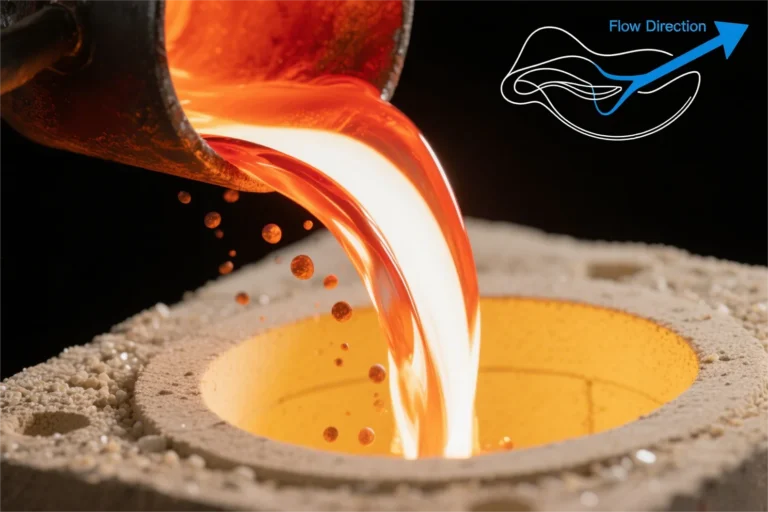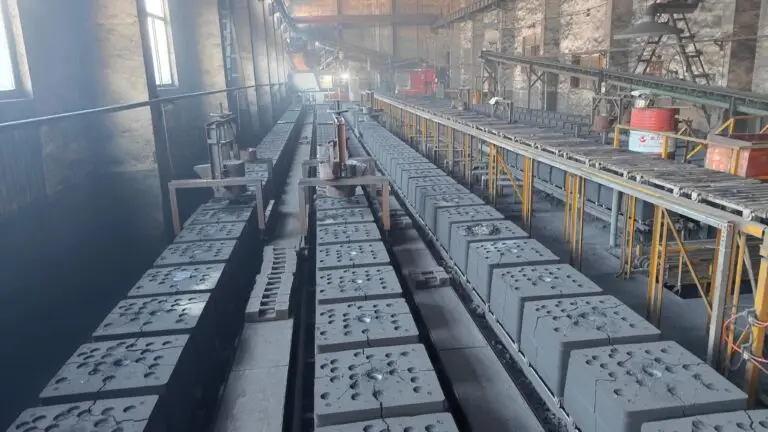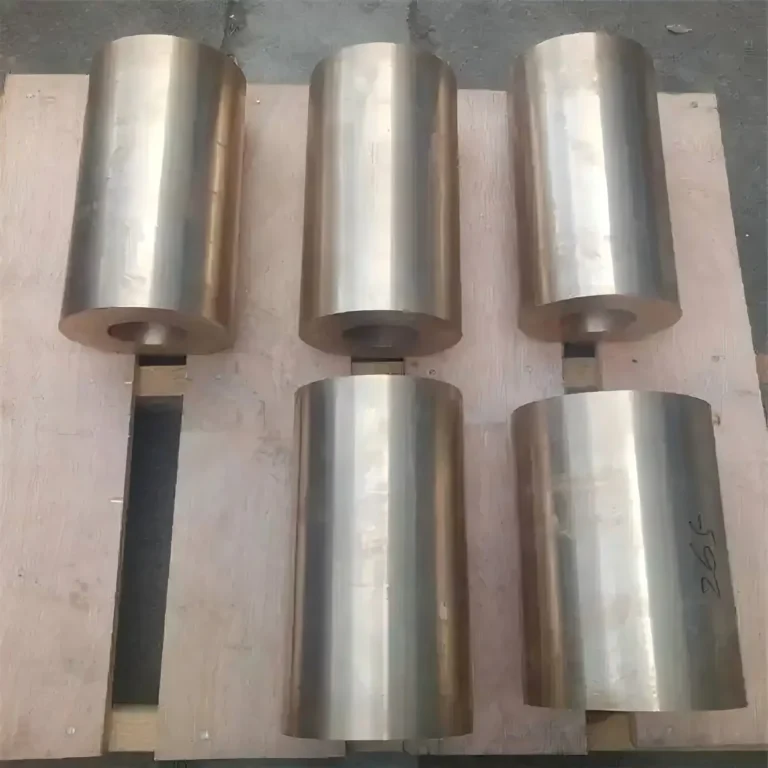1. Process Principles Comparison
| Process | Pressure Source | Filling Method | Typical Pressure Range |
|---|---|---|---|
| High Pressure Casting (HPDC) | Hydraulic or mechanical pressure | Molten metal injected at high speed | 50~150 MPa |
| Low Pressure Casting (LPDC) | Compressed gas (inert gas) | Molten metal fills mold slowly from bottom | 0.01~0.1 MPa |
| Gravity Casting | Natural gravity (no external pressure) | Molten metal flows freely into mold | 0 MPa (gravity only) |
2. Process Characteristics Comparison
| Comparison Item | High Pressure Casting | Low Pressure Casting | Gravity Casting |
|---|---|---|---|
| Filling Speed | Very fast (30~60 m/s) | Relatively slow (0.5~2 m/s) | Slowest (gravity dependent) |
| Mold Structure | Complex, must withstand high pressure | Moderate, with riser tube system | Simple (sand/metal mold) |
| Production Efficiency | Very high (for mass production) | Medium (for medium/small batches) | Low (for small batches/single pieces) |
| Casting Quality | Smooth surface but may have pores | Dense with few pores, better mechanical properties | Dense structure but rough surface |
| Heat Treatability | Usually not heat-treatable | Heat-treatable | Heat-treatable |
| Cost | High mold and equipment cost | Moderate | Lowest (sand casting is particularly cheap) |
3. Suitable Materials
- High Pressure Casting: Aluminum alloys, magnesium alloys, zinc alloys (mainly low melting point alloys).
- Low Pressure Casting: Aluminum alloys, copper alloys (can also be used for cast iron).
- Gravity Casting: Aluminum alloys, copper alloys, cast iron, cast steel (widest material applicability).
4. Typical Applications
| Process | Typical Applications |
|---|---|
| High Pressure Casting | Automotive components (dashboard brackets, housings), 3C product casings |
| Low Pressure Casting | Automotive wheels, engine cylinder heads, aerospace components |
| Gravity Casting | Large castings (machine tool bases), artworks, traditional castings |
5. Key Differences Summary
- Pressure and Filling Method
- High Pressure Casting: High pressure and speed, suitable for thin-walled complex parts but prone to porosity.
- Low Pressure Casting: Low pressure and slow filling, smooth filling with few pores, suitable for high-quality castings.
- Gravity Casting: No external pressure, relies on gravity, suitable for thick-walled or large castings.
- Casting Properties
- High Pressure Casting: Good surface quality but potentially porous internally, average mechanical properties.
- Low Pressure Casting: Better mechanical properties, heat-treatable, suitable for load-bearing components.
- Gravity Casting: Dense structure but rough surface, suitable for parts without high precision requirements.
- Economic Considerations
- High Pressure Casting: Expensive equipment, suitable for mass production.
- Low Pressure Casting: Moderate cost, suitable for medium-high quality requirements.
- Gravity Casting: Lowest cost, suitable for small batches or large parts.
How to Choose?
- Choose High Pressure Casting: For mass production, complex thin-walled parts (e.g., automotive components, electronic housings).
- Choose Low Pressure Casting: For medium batches, high-quality requirements (e.g., wheels, engine components).
- Choose Gravity Casting: For small batches, large thick-walled parts (e.g., machine bases, artworks).
Each process has its advantages and disadvantages; selection should be based on material, production volume, cost, and performance requirements.


